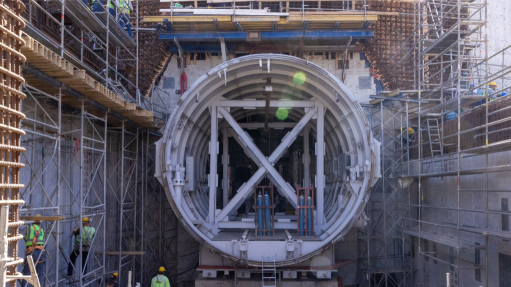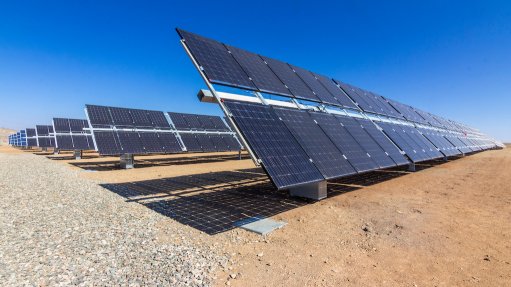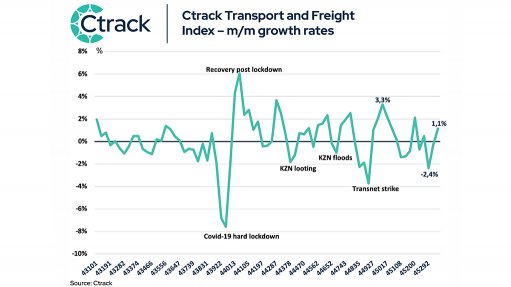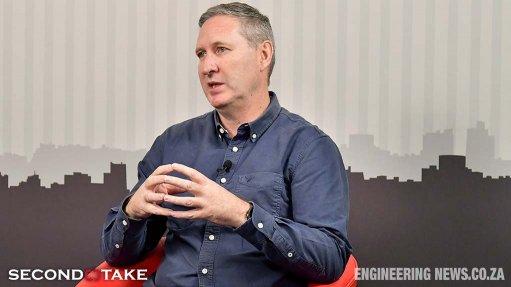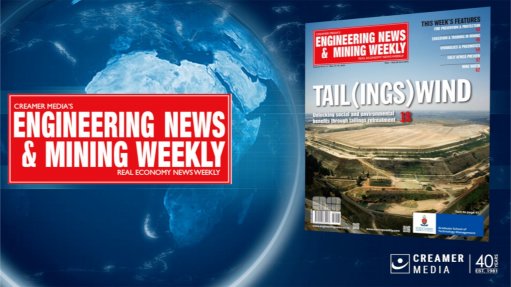Powering Africa's Tomorrow: Investing in a Sustainable Energy Value Chain
This article has been supplied by the author and has not been written or solicited by Creamer Media. It may be available only for a limited time on this website.
By Shamilah Grimwood-Norley, Head of Banking and Finance, Bowmans
The diversification of Africa’s power generation mix including renewable energy alternatives to fossil fuel power generation technologies is not only an urgent environmental imperative; it is also a golden opportunity towards the realisation of the dream of the African Renaissance. But to get there, investment strategies must be redefined considering the potential for sustainable growth within the context of the unique circumstances prevailing on the continent.
Africans are standing at a critical crossroads. With its population set to double by 2050, Africa faces the daunting challenge of delivering reliable, affordable, and sustainable energy to all its peoples amid mounting pressure from climate change and environmental degradation.
According to the United Nations Economic Commission for Africa, over 600 million Africans, nearly half the continent's population, lack access to electricity, while more than 900 million lack clean cooking solutions. This corresponds to an electricity access rate for African countries at just over 40%, the lowest in the world according to the African Development Bank Group.
This energy scarcity is a significant impediment to social, economic, educational and human resource advancement, perpetuating poverty, restricting quality of life, hampering productivity, and exacerbating deforestation. Paradoxically, Africa has vast energy resources enough to meet its energy needs indefinitely. Herein lies the disconnect.
The most obvious impediment to the build out of modern economic and social infrastructure including sustainable energy solutions is the lack of public and private sector investment.
According to the African Development Bank (AfDB), the continent needs annual investments of about USD 130 to170 billion to fulfil its infrastructure needs, but investment levels only range between 20% and 40% of this requirement.
It is not that sustainable capital is unavailable; it is just not always reaching where it needs to.
In 2020, sustainable finance surged to USD 3.2 trillion and of the total increase in global FDI flows in 2021 (USD 718 billion), more than USD 500 billion, or almost three quarters, was recorded in developed economies. Developing economies, especially least developed countries (LDCs), were overshadowed.
According to the IMF the key challenges to investment in developing economies in Africa are macroeconomic uncertainty particularly in respect of inflation and currency exchange rates, policy and regulatory issues, institutional weaknesses, political instability, and lack of transparency. All these make for a less favourable investment climate, alongside market failures and a lack of aid to channel financing where it is needed most.
All are valid concerns, but they do not paint the whole picture.
Much progress has been made in recent years. There are success stories to tell, and they provide a clear path forward. Several African countries have already succeeded in taking key steps to scale up power generation with particular emphasis on large scale renewable technologies, particularly on-shore wind and solar-photovoltaic power generation, such as the adoption of legislation and support policies, investment promotion incentives and regional collaboration.
South Africa’s Renewable Energy Independent Power Producer Procurement Programme (REIPPPP) has entered its twelfth year with the roll-out of its sixth bidding window. Whilst the outcome of this bid window was disappointing with only six of well over 50 bids having been awarded, the REIPPPP has to date awarded a total of 6 327 to independent power producers of which 400 MW are already in commercial operation.
In Morocco, the Noor Ouarzazate Solar Complex, the world's largest concentrated solar power plant, has a maximum capacity of 582MW, enough to provide power for 1.5 million people. Namibia’s government is partnering with French hydrogen specialist Hydrogène de France (HDF) to construct Africa’s first green hydrogen plant. The Ghanian government has also approved an innovative project to install solar panels on the surface of Lake Volta – the largest artificial lake in the world by area.
These examples offer powerful counterarguments to scepticism, showcasing what can be achieved with strategic investment in Africa’s sustainable energy value chain.
Policy makers though do need to address critical challenges in respect of the build out of renewable energy infrastructure. These include concerns over continuing underinvestment in transmission and distribution network infrastructure and thus the absence of sufficient capacity to convey electricity generated.
Most African jurisdictions have largely ignored exploring private sector investment in their transmission and distribution network assets, preferring to maintain absolute state control over these natural monopoly assets. We note that the disappointing outcome of the sixth bidding window of the REIPPPP is largely attributed to lack of adequate grid capacity (one would have thought this would have been anticipated both before this bidding window was issued and when it was extended).
Another major concern with increasing onshore wind and solar PV capacity is the need for investment in base load technologies, load-following or mid-merit technologies and battery storage capacity, to balance the impact of generation intermittencies on the stability of integrated electricity systems. Of course, for many countries this presents unique challenges especially where base load and/ or mid-merit options may be limited or even if not limited, politically and/ or environmentally contentious and/ or significantly more capital intensive, such as coal-fired power technologies, nuclear power, large-hydro power or gas-fired technologies.
These challenges however, clearly also present more opportunities for significant investments and public and private sector pairing.
The continent’s policy makers should refocus efforts to provide a stable enabling environment for investors principally by articulating clear energy policies, updating legal and regulatory frameworks, removing unnecessary regulatory bottlenecks, such as over-layering institutional processes, improving public governance through transparency and accountability, and adequately resourcing and staffing their procurement programmes.
The public sector and the private sector should also collaboratively review all financial options to sourcing financing for capital investments: risk mitigation instruments like guarantees, insurance products, and local currency financing. Additionally, leveraging financial instruments for climate financing – like the issuance of green bonds, sustainability linked loans, debt swaps, and concessional loans – can provide not only a significant portion of the capital necessary for the investments, but also help with rebalancing and redistributing climate related risks and provide oversight on risk disclosures and classification standards.
Investment in Africa's energy infrastructure is an investment in the world's energy future. As we confront the realities of climate change as well as the need for energy security and particularly security of supply, the need for a wide mix of sustainable energy sources becomes ever more pressing. By investing in Africa's energy value chain, we are not only contributing to the continent's economic development but also fostering a more sustainable global energy future.
Comments
Press Office
Announcements
What's On
Subscribe to improve your user experience...
Option 1 (equivalent of R125 a month):
Receive a weekly copy of Creamer Media's Engineering News & Mining Weekly magazine
(print copy for those in South Africa and e-magazine for those outside of South Africa)
Receive daily email newsletters
Access to full search results
Access archive of magazine back copies
Access to Projects in Progress
Access to ONE Research Report of your choice in PDF format
Option 2 (equivalent of R375 a month):
All benefits from Option 1
PLUS
Access to Creamer Media's Research Channel Africa for ALL Research Reports, in PDF format, on various industrial and mining sectors
including Electricity; Water; Energy Transition; Hydrogen; Roads, Rail and Ports; Coal; Gold; Platinum; Battery Metals; etc.
Already a subscriber?
Forgotten your password?
Receive weekly copy of Creamer Media's Engineering News & Mining Weekly magazine (print copy for those in South Africa and e-magazine for those outside of South Africa)
➕
Recieve daily email newsletters
➕
Access to full search results
➕
Access archive of magazine back copies
➕
Access to Projects in Progress
➕
Access to ONE Research Report of your choice in PDF format
RESEARCH CHANNEL AFRICA
R4500 (equivalent of R375 a month)
SUBSCRIBEAll benefits from Option 1
➕
Access to Creamer Media's Research Channel Africa for ALL Research Reports on various industrial and mining sectors, in PDF format, including on:
Electricity
➕
Water
➕
Energy Transition
➕
Hydrogen
➕
Roads, Rail and Ports
➕
Coal
➕
Gold
➕
Platinum
➕
Battery Metals
➕
etc.
Receive all benefits from Option 1 or Option 2 delivered to numerous people at your company
➕
Multiple User names and Passwords for simultaneous log-ins
➕
Intranet integration access to all in your organisation






